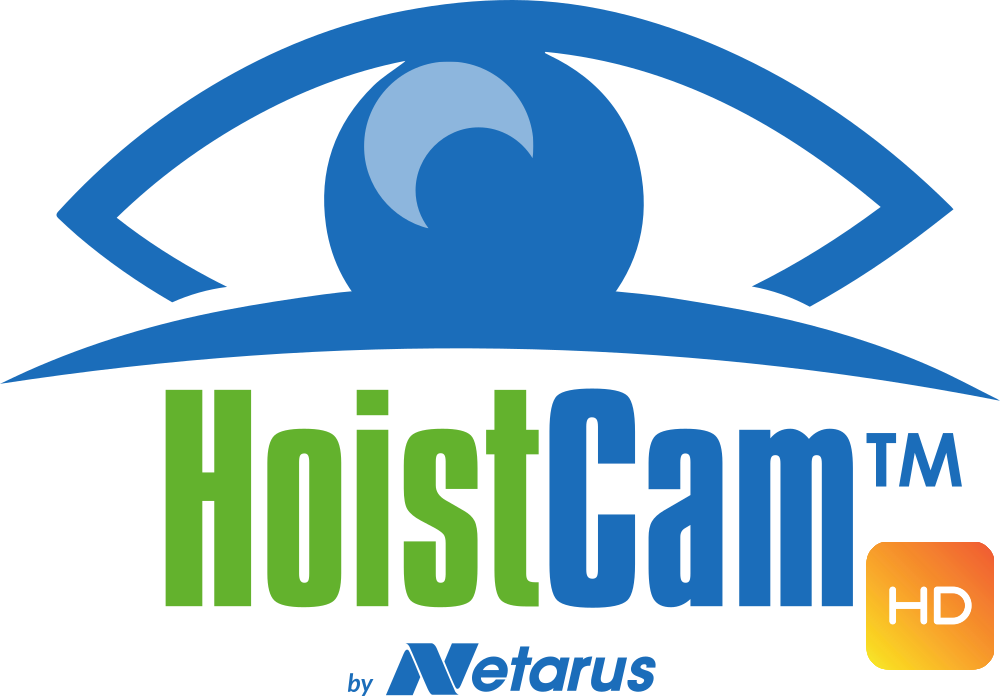The duty of insurers is not to deny the need for new standards but to dedicate themselves to standardizing new—and superior—levels of safety. Why should they insist on doing otherwise, when the technology exists to heighten safety and lower costs; when the cost of doing business as usual looks safe but is far more dangerous than it appears to be; when cameras can reveal—and record—what workers cannot see for themselves?
Why should insurers resist what trial lawyers will soon insist be the exclusive standard of safety, by way of multimillion-dollar settlements and verdicts? Why should insurers persist in their wait-and-see attitude, when they can see what lies ahead?
The questions speak for themselves.
If insurers do not like the answers, they should remind themselves that sometimes the refusal to answer a question is worse than acknowledging that an answer is true. Which is to say nothing is static; technology can make change easy to adopt or extremely hard to avoid.
Take my column about workplace safety.
Consider this piece, then, a continuation of my conversation with Chris Machut of Netarus, whose company develops innovative solutions for overhead cranes, tugboats and construction sites.
Machut is a visible—and vocal—advocate for using cameras to help workers see everything that matters. He says what matters most is what insurers can do now: champion the adoption of crane cameras so “policies can be more expansive without necessarily being more expensive; because safety translates into saving lives; because life-saving tools facilitate success; because success is more than the sum of even the largest sums of money.”
I agree with Machut, not because I think or hope he is right, but because I know he is right. I know that knowledge of a danger—and the construction industry is, if nothing else, a study in danger—is often the key to liability.
If real estate developers know how dangerous it is to add a chapter to the story of the history of a city, to measure that chapter not in pages but in stories, if they know the dangers of including another building to the skyline of their city; because they do know these things, insurers should seek to lessen the number of payouts by lowering the probability that they will have to pay out in general.
If awareness is a given, how do we give workers the ability to see farther, thanks to an aide that neither weakens nor tires, that neither succumbs to the tedium of the task nor surrenders to the trials of exertion, that neither leaves the job site nor loses its sight?
The answer is visual technology.
In a word: cameras.
Cameras represent a new standard in safety.
To debate that fact is to miss the point—and to possibly drop the beam or steel girder, injuring workers and pedestrians alike. To doubt the urgency of this point is be vulnerable to lawsuits and bankruptcy.
To adopt this standard is for insurers to mitigate risk and to minimize danger.
It is too dangerous for insurers to ignore this standard.
(You can also read this article at Insurance Thought Leadership.)


